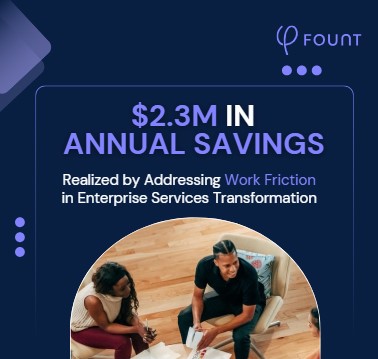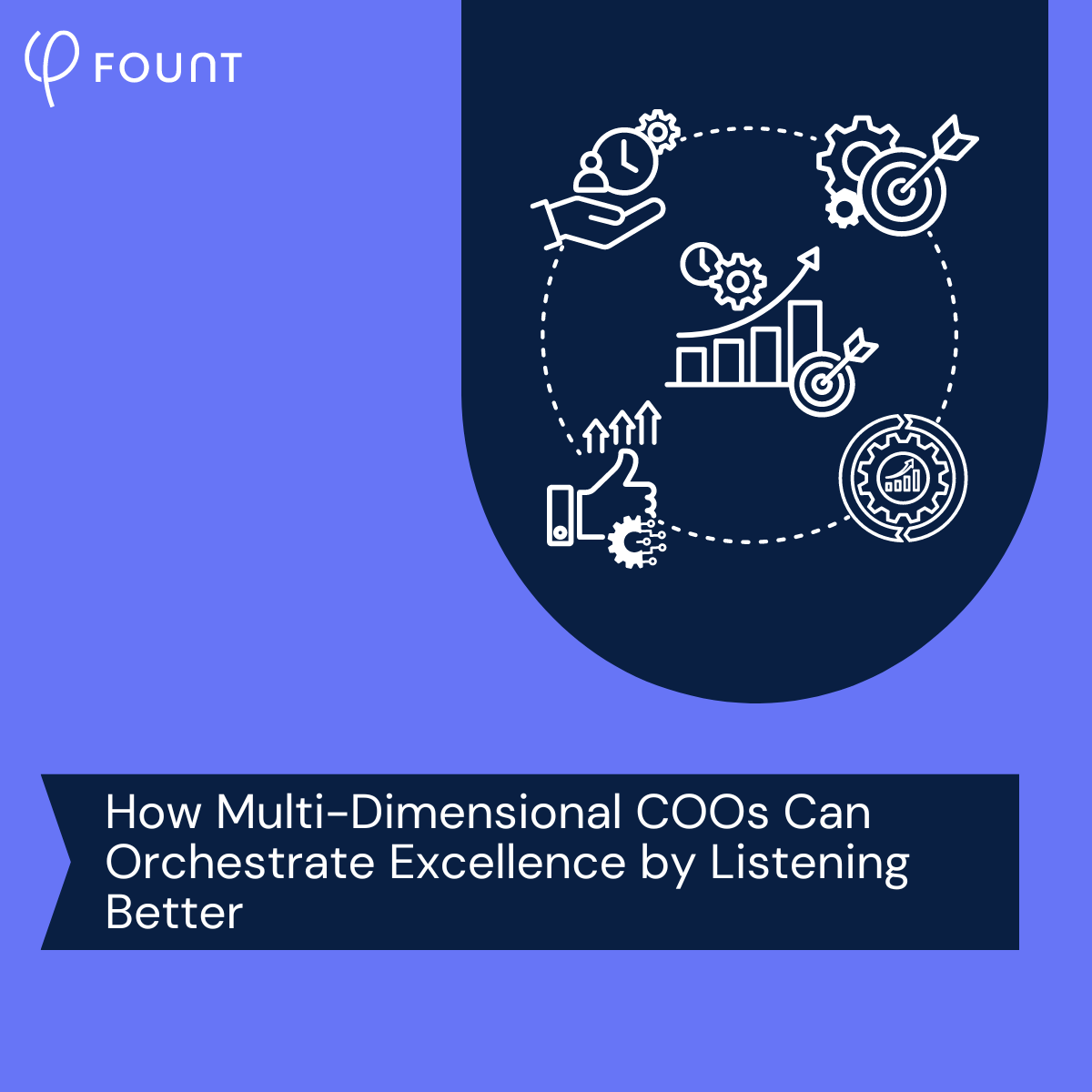What Lurks Behind Call Center Employee Attrition? Work Friction
A summary of the details of the article will go here.
This article, authored by Christophe Martel, originally appeared in the November issue of Call Center Times (view the PDF).
There’s no doubt: call centers were hit hard by the seismic shifts in workplace norms that began during the pandemic. First, the Great Resignation defined the new normal. Then came the advent of Quiet Quitting. The ongoing effects on employee turnover are difficult to overstate.
Data suggests the landscape remains rocky. In fact, the average turnover rate was recently indexed at 38 percent – a key reason leaders today are likely to identify employee turnover as their call center’s most important KPI.
To address this reality head on, it’s important for executives to recognize and root out work friction. If that concept sounds new to you, you’re not alone. And if it sounds like a variation on the organizational friction you’ve spent a career resolving, you might be surprised. Reducing work friction requires a different approach.
Here, I’ll introduce the fundamentals of work friction. Then dive into how it impacts call centers, why methods for addressing organizational friction fall short of solving the problem, and how a data-first approach can help.
What Is Work Friction?
Resilience is a quality often championed in the workplace. Small challenges – say, a malfunctioning headset – are an everyday reality of work. As these challenges accumulate and compound, they take an obvious toll on productivity, but have a possibly more damaging impact on burnout and disengagement. While conversations generally focus on how to overcome them, a more productive, long-term solution is to eliminate the obstacles at the root of work friction.
What is work friction? Simply put: Work friction is employee energy (and time) wasted on unnecessary obstacles that get in the way and make work harder than it needs to be.
As such, work friction is a unique concept in the workplace. Consider the traditional focus on resilience, for example. When leaders promote resilient teams, the thinking goes, it reduces organizational paint points.
Work friction, on the other hand, puts the emphasis on minimizing unnecessary employee efforts to maximize employee energy. The benefits are easy to see. The more you dive into employees’ experiences, the more likely you are to cut out challenges at the source. At call centers, such challenges can include…
- Unpredictable or inflexible shift schedules
- Infrequent or inadequate breaks from work
- Personal equipment, such as headsets, that frequently malfunctions
- Multi-step approval processes for each support task
- Workflows made inefficient by non-integrated platforms
The key here is that every employee’s experience is different. Individual call center agents, for example, are each likely to encounter different combinations of work friction triggers such as those outlined above. And that’s why call centers that focus on organizational friction by optimizing structures, processes, and tools typically underestimate (or miss entirely) the work friction created when these points of resistance combine in the real day-to-day work of agents.
Fatigued agents, for example, may choose to defer simple troubleshooting and refer customers to an in-person technician. This can delay service and even overcomplicate a support experience customers expect to receive over the phone. The result: negative customer experiences in addition to employee turnover.
What’s more: the effects of work friction often extend to employees’ lives beyond the call center. Exhausted, frustrated agents may lack the energy needed to fully live their lives outside of work. And while few employees take jobs planning to soon leave them, a high-friction work environment that makes it harder to complete coursework or take care of loved ones can quickly force their hand.
As long as work friction persists throughout the organization, its effects will be felt by all stakeholders – including agents, customers, supervisors, and leadership. And with employee turnover telling such a clear story, it’s critical to take steps that change the reality of employees’ lived experiences.
Some “Solutions” Mask Rather Than Solve Work Friction
Even if call center leaders don’t yet connect employees’ disengagement with work friction, the symptoms are often readily apparent. Absenteeism rises. Productivity suffers. So a manager’s first instinct, naturally, might be to address the symptoms.
It’s tempting, after all, to take a carrot and stick approach. To reward high productivity, for example, with a cash bonus. Or nip absenteeism in the bud with tight rules about time off.
But as anyone with allergies knows, treating a symptom (like a stuffy nose) doesn’t have the same impact as addressing the cause (say, cat dander or ragweed). The only lasting solution is to identify and remove the allergen from the environment. Treat only the symptoms and your problems are likely to persist. They might even become more complicated.
As an example, let’s consider a call center that employs remote agents. To support efficient communication among distributed staff, they’ve adopted Slack. It’s great because agents can develop a community, ask each other questions, and work together to solve problems. But there’s a wrinkle: the notifications in Slack can seem unending. With a constant ping of messages that all appear urgent, it’s often unclear which to tackle first.
To make matters even more complicated, it turns out Slack doesn’t sync with the call center’s special task management software. So now, agents have to manually slot manager requests into their daily to-do lists. What was meant as a solution has instead added an unintended layer of complexity for the employee to navigate.
Changes like these are usually made with the best intentions. Leaders want to proactively solve problems, like making it easier for agents to consult with a manager before a customer’s request needs to be escalated. But when the solution to one issue ends up creating additional work friction, it’s likely to result in burnout or more turnover.
The right data, however, can help call center leaders implement solutions that reduce work friction without creating more frustration for their employees. Next, let’s dive into what this can look like.

Moment-Centric Data Helps Employers Smooth Out Work Friction
Because frontline workers in call centers deal with a multitude of processes, tools and people day in and day out, they know exactly:
- When work friction impacts their daily tasks.
- When work friction most directly impacts productivity and motivation.
- How to fix the root cause of work friction.
The upshot? The best way to identify, understand, and reduce work friction is to ask people about the moments when they face the most resistance in their day-to-day work. This results in moment-centric work friction data that is directly connected to the touchpoints that may be creating varying levels of resistance for employees. Once you can see where the friction exists, it becomes clear what action to take to resolve it.
To get started, consider using short and to-the-point surveys. You don’t need to survey everyone in the company – the idea is to reach out to a representative group. Then, empowered by work friction data, make improvements step by step.
Say, for instance, you send a survey to a selection of recently hired employees. The survey helps you learn about their job experiences through specific details like how they handle customer complaints, or broader concepts like short-term and long-term career goals.
Importantly, this approach helps you locate exactly where work friction occurs. And by staying tuned in to employee experiences, you can identify whether the changes you ultimately implement actually help your employees.
Fight Work Friction to Deepen Employee Engagement
The true trouble with work friction is, unchecked, it becomes a nearly all-consuming force. That’s why employers who fail to address it risk persistent, ever-increasing turnover.
Call centers that recognize and excise work friction today, however, have the opportunity to retain and recruit employees into a work environment that fits their unique circumstances. The result: more productive agents who have a longer-lasting sense of connection to their workplace.
To learn more about how FOUNT can help address call center attrition and “quick quits,” book a demo of our work friction management solution.
Related Resources
See all News
Guest Post
3 Signs Your GBS Is Creating Friction Instead of Flow (And How to Fix It)
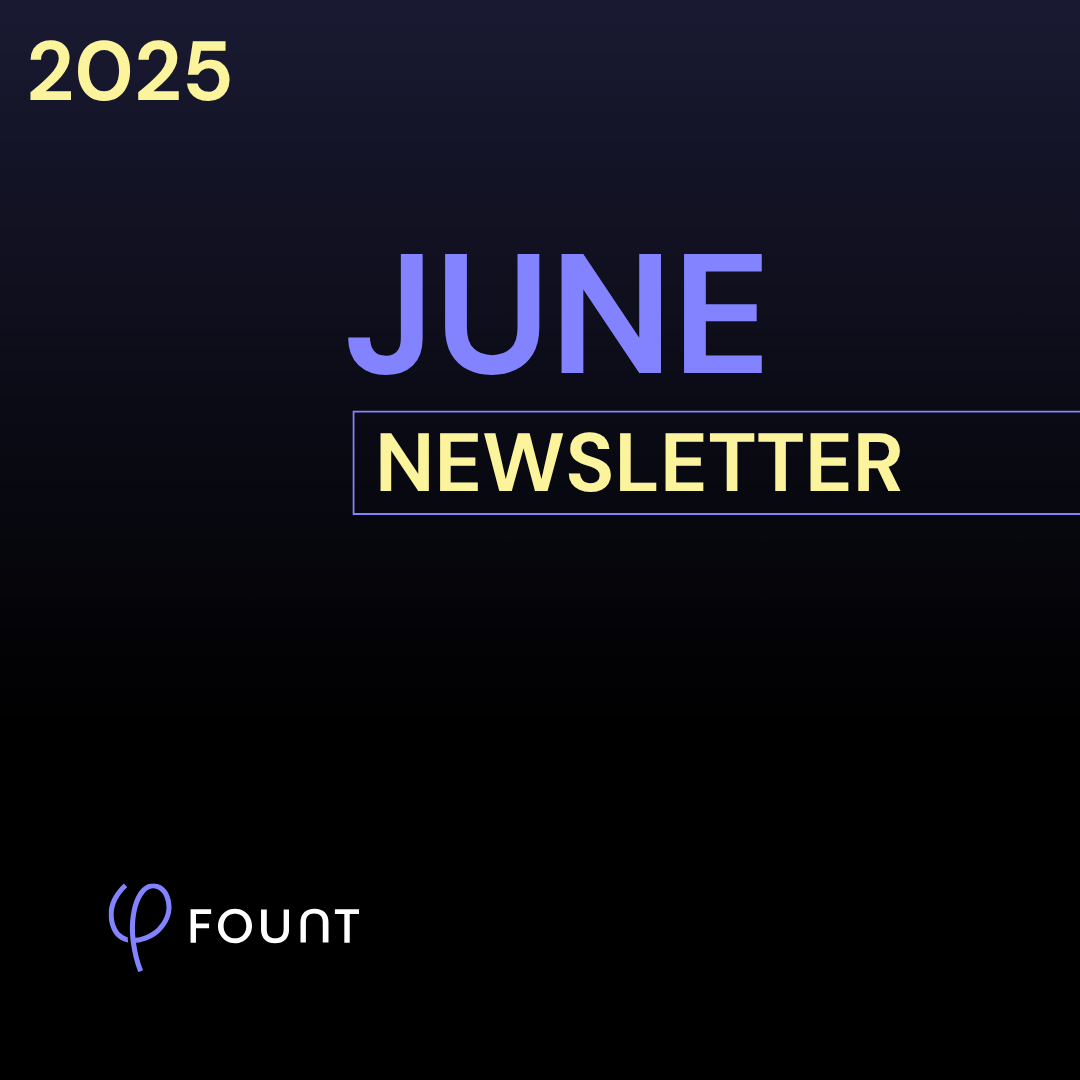
FOUNT News
June Newsletter: Friction is Killing Your AI ROI.

Insights
Breaking the False Tradeoff in GBS: Efficiency vs. Experience

Events
LIVE Webinar – July 9th for SSON Network. Beyond AI Hype: How to De-Risk Your GBS Transformation with Friction Data

Insights
To Create New Value, GBS Leaders Need Different Data
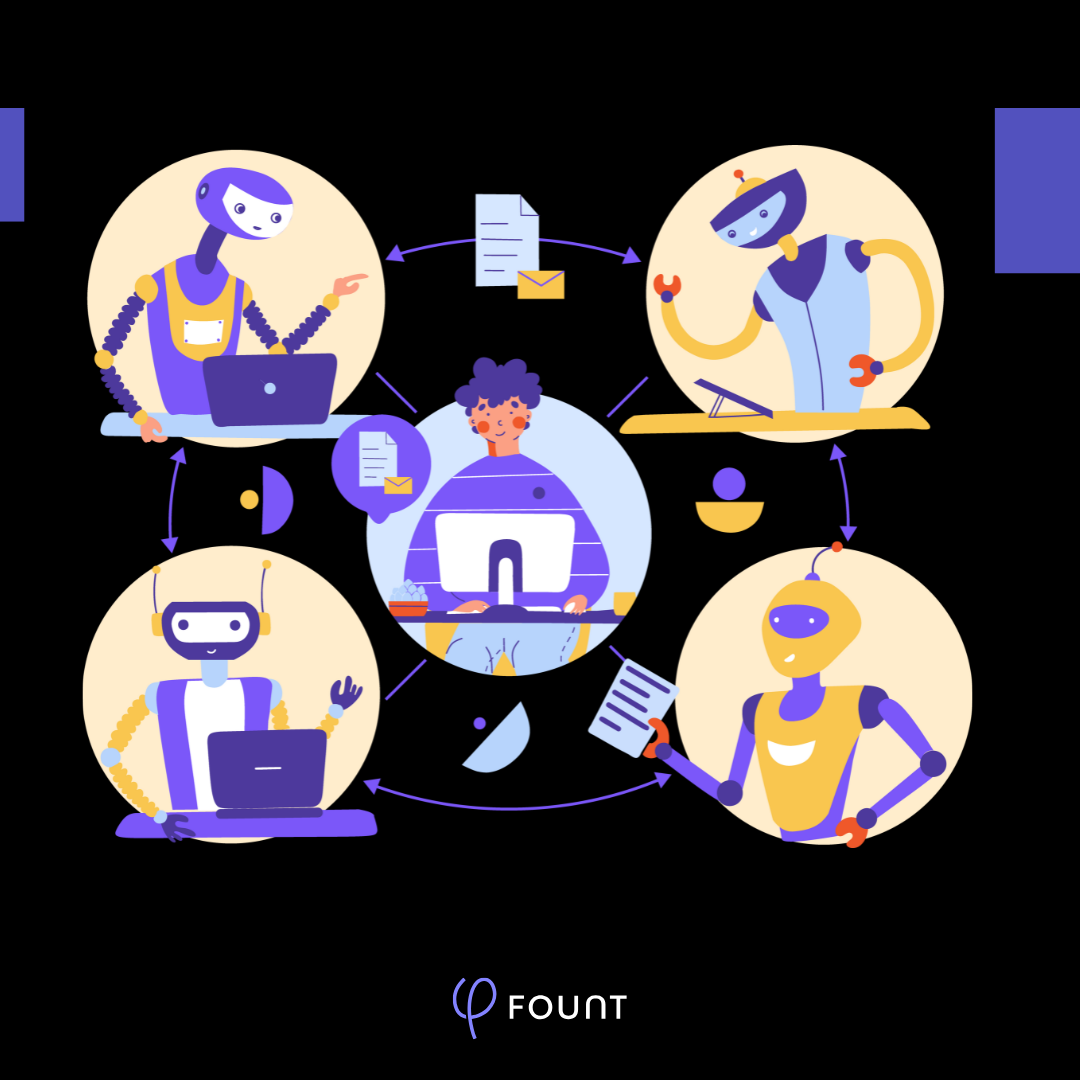
Insights
How to Keep Up with the Latest AI Developments
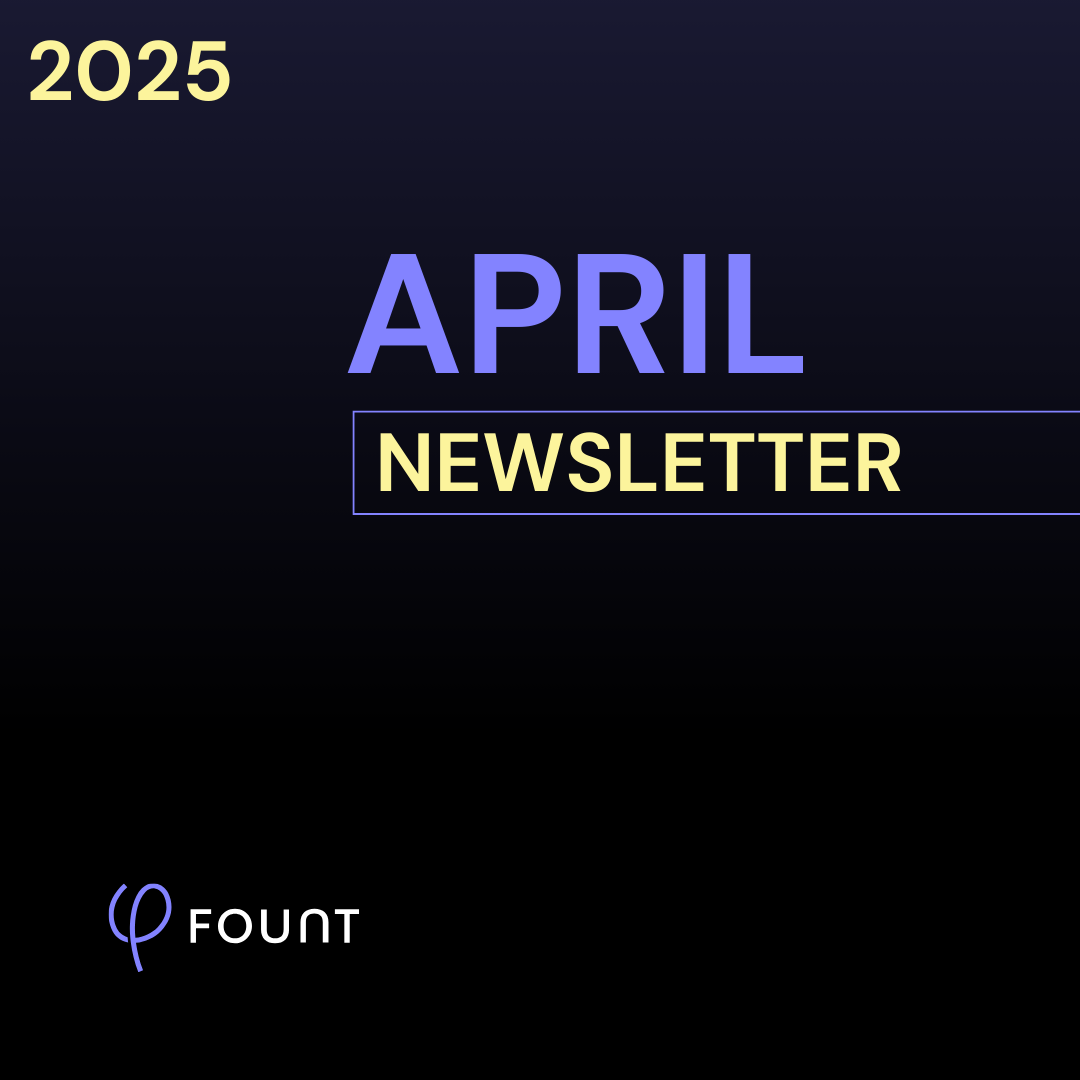
Insights
APRIL Newsletter. Friction: You Can’t Improve What You Can’t See

Guest Post
AI is Reshaping the HR Operating Model: Here’s What 15 Leading Companies Discovered
